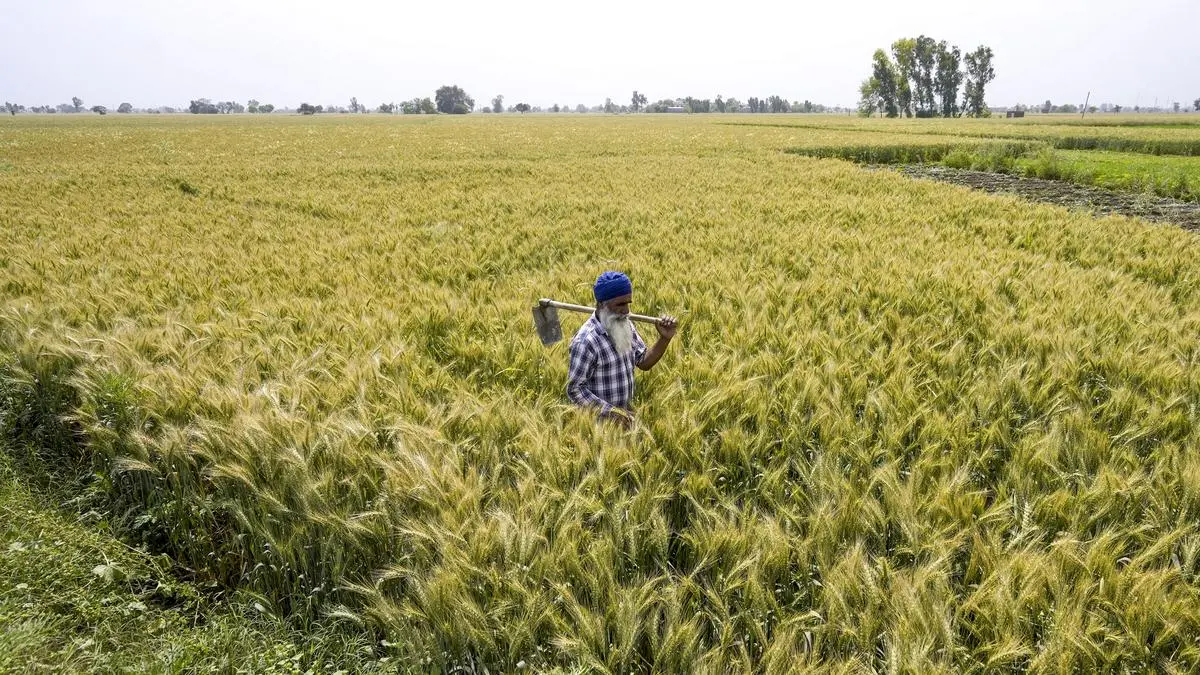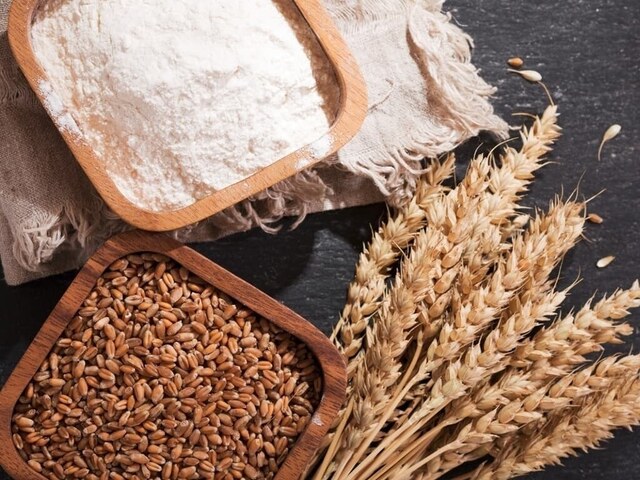By Sehaj
Copyright thehindubusinessline

The GST Council, at its latest meeting, decided to simplify the tax structure. Several Opposition-rules States, including Punjab, have raised concerns of potential revenue losses due to the rate rationalisation. The actual effect of the decision will only become clear with time. However, the backlash of these States has brought questions of fiscal federalism to the fore.
States such as Punjab are often under scrutiny for soaring debt and high committed expenditures. Punjab’s outstanding debt is estimated to be 44 per cent of its GSDP by the end of 2025-26, significantly higher than the 20 per cent limit recommended by the Fiscal Responsibility and Budget Management Review Committee. With high committed expenditure and rising debt, any hint of a revenue loss is rightly a cause for concern. This is especially true for a State which is dubbed the country’s food bowl, shares a sensitive international border, and is situated in the Indo-Gangetic Plain, a crucial climactic region.
There are two ways a State can finance its rising expenditure. It can either increase its own revenue, or demand a higher share in the Central pool shared among all States. The latter is largely up to the 16th Finance Commission, which is scheduled to submit its report in two months. To understand the former better, let’s have a look at Punjab’s own revenue sources. The State’s total receipts for 2025-26 are estimated at ₹1.12 lakh crore. Typically, Punjab raises about 68 per cent of its receipts from its own sources, i.e., tax and non-tax sources, while the rest comes from the Central Government in the form of devolution, and grants. In 2023-24, State GST alone accounted for 36 per cent of Punjab’s own revenue (tax and non-tax), and 44 per cent of its own tax revenue. State governments only have a partial say in GST decisions and deliberations via the GST Council, meaning that almost half of their own tax revenue is not directly in their control.
In this context, it becomes important for Punjab to explore other avenues to raise resources. The Seventh Schedule of the Constitution empowers States to earn tax revenue from a variety of sources. These include State excise, property tax, land revenue, vehicle tax, building tax, or tax on sale of electricity.
State excise, at 20 per cent, is the second largest source of tax revenue after GST, followed by sales tax at 13 per cent. The 15th Finance Commission and various bodies have frequently recommended that States improve their own revenue by improving its property tax collection. To that end, in February 2025, the Punjab Government decided to impose a 2.5 per cent stamp duty on transfer of property within families. The fiscal impact of this decision may be seen in the coming years. Other sources of tax revenue such as electricity tax, vehicle tax, land revenue and professional tax also remain largely underutilised.
Non-tax revenue
In addition to tax revenue, State governments are also increasingly relying on non-tax revenue. This is especially true for mineral rich States such as Odisha and Chhattisgarh. Non-tax revenue includes mining revenue, SPSE dividends, user charges, fees, or tolls. Non-tax revenue accounted for only 11 per cent of Punjab’s revenue receipts in 2023-24, at ₹7,234 crore. A major chunk of this revenue is categorised as “Miscellaneous General Services”, of which half, i.e., ₹2,000 crore, comes as receipts from Punjab Industrial Development Board. Punjab can explore several other sources of non-tax revenue such as user charges, fees and tolls, especially as its per-capita income is 5.3 per cent higher than the national average.
Other States have also made attempts in recent years to augment their own revenue sources. In 2023-24, Kerala proposed to increase stamp duty for transfer of flats and apartments from 5 per cent to 7 per cent. Mizoram had constituted a Resource Mobilisation Committee in 2022 to suggest measures for augmenting revenue resources. Himachal Pradesh has announced starting a GST Revenue Enhancement Project to address the impact of discontinuation of GST compensation grants.
If Punjab wants to build capacity to battle natural disasters, and afford its high committed expenditure and reduce its soaring debt, it must look to augment its revenue through both tax and non-tax sources. Punjab’s growth strategy must be augmented for the State to remain afloat and move upwards in the direction of fiscal consolidation.
Sehaj is Co-Founder PANJ Foundation, a Punjab based policy research organisation, and Tanvi is Researcher at Centre for Social and Economic Progress (CSEP)
Published on September 16, 2025



